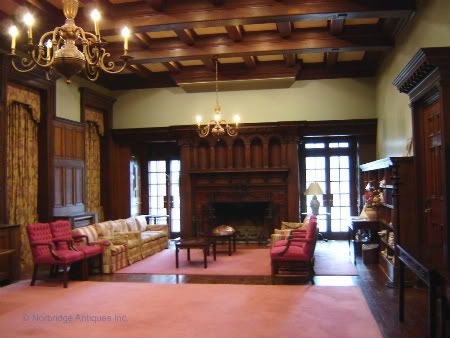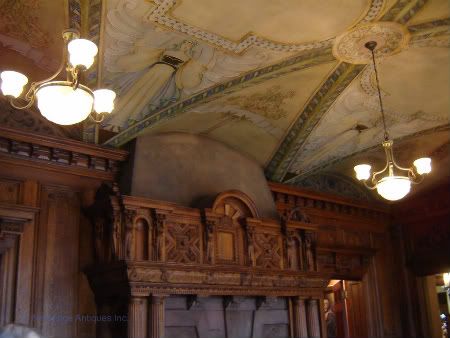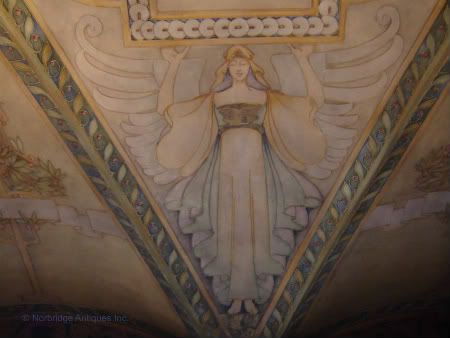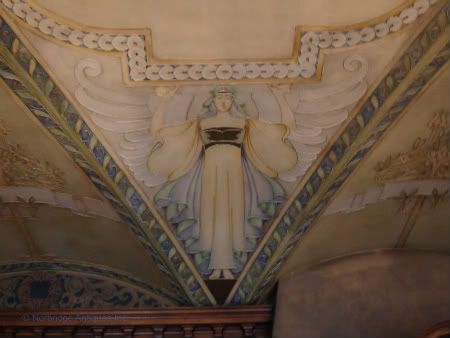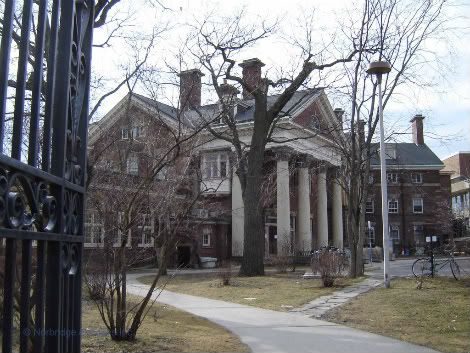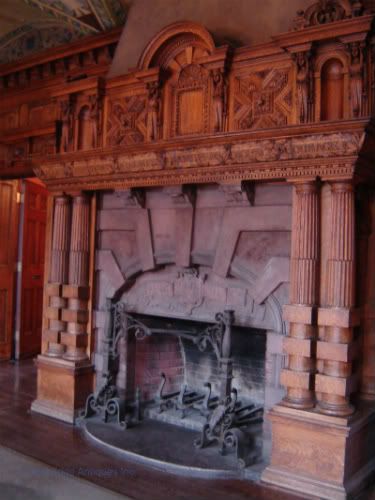My love for Toronto grows as I walk in its old neighbourhoods and take in the architecture of the past. The stories the buildings tell add important details to the City’s cultural history. There is much of interest about Toronto’s noble history, the founding people, the settlers and immigrants.
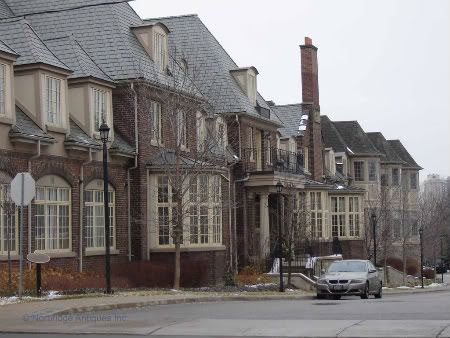 |
| Eglinton Hunt Club clubhouse, Jan. 26, 2012 |
The Eglinton Hunt Club clubhouse, now housing several luxury condominium apartments, is a distinguished landmark in North Toronto. The building is described as English Period Revival with medieval and Classical features inspired by country-house architecture.
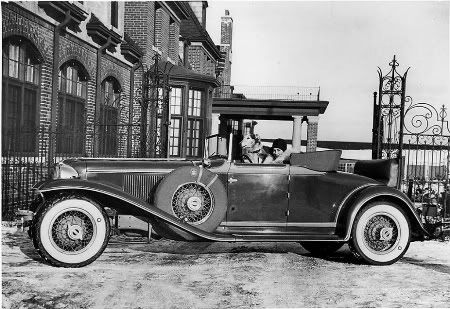 |
| Eglinton Hunt Club clubhouse, 1932, photo: City of Toronto Archives, Fonds 1244, Item 2394 |
When it was built in 1928, the clubhouse was surrounded by open fields, just right for its equestrian activities. It was built by the eminent Toronto architects Vaux and Bryan Chadwick, many of whose properties are acknowledged on the City of Toronto Inventory of Heritage Properties. One wing housed the dining room, kitchen and second-floor dancehall and apartment; and another wing contained locker rooms and a gymnasium. A swimming pool and a bowling alley were in the basement. An indoor riding school wing was attached to the rear end of the building.
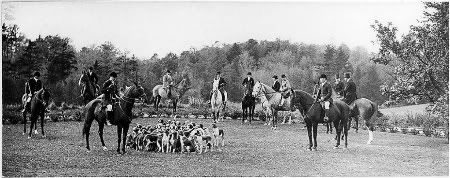 |
| Eglinton Hunt Club, ca. 1926, photo: City of Toronto Archives, Fonds 1244, Item 2283 |
The Eglinton Hunt Club officially received its name in 1922 when the Toronto Hunt Club was renamed. The Toronto Hunt is the second oldest continuously run hunt in North America. It was first formed in 1843 by the military officers of the Garrison in the City. The Club, after operating in various locations, found its first permanent home with its own clubhouse in 1893 near the Scarborough Bluffs. As the suburbs grew closer, George Beardmore, Master of the Hunt from 1893 to 1931, purchased land north of Eglinton Avenue and moved the Club there in 1919. Stables were built at the new location to accommodate 150 horses. George also purchased a house nearby, called Willowbank, which served as the clubhouse until the new one was built in 1928. In 1932 the Eglinton Hunt Club was renamed Toronto and North York Hunt Club.
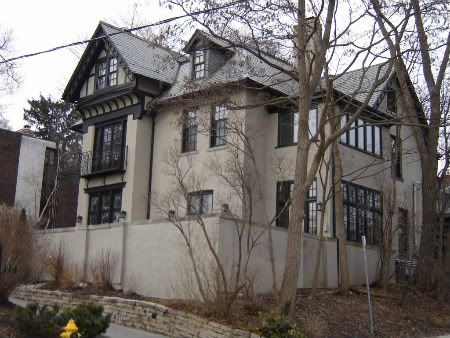 |
| Willowbank built 1880s, Feb. 5, 2012 |
Because of financial pressure of the 1930s and continuing residential growth, the Club sold the property to the Government of Canada in 1939, and moved outside of the city where it continues to flourish.
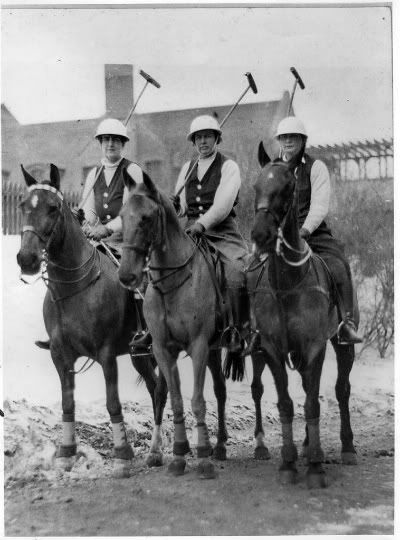 |
| Eglinton Hunt Club women polo players ca. 1934, photo: City of Toronto Archives, Fonds 1244, Item 1320 |
Sometimes it is difficult to deal with the changes in a city and think of what might have been. I know where one of the bridle paths is and can imagine seeing the riders on their beautiful horses. A friend recently said that if you know what was there before, traces of the past remain as the city changes.
References:
City of Toronto records
